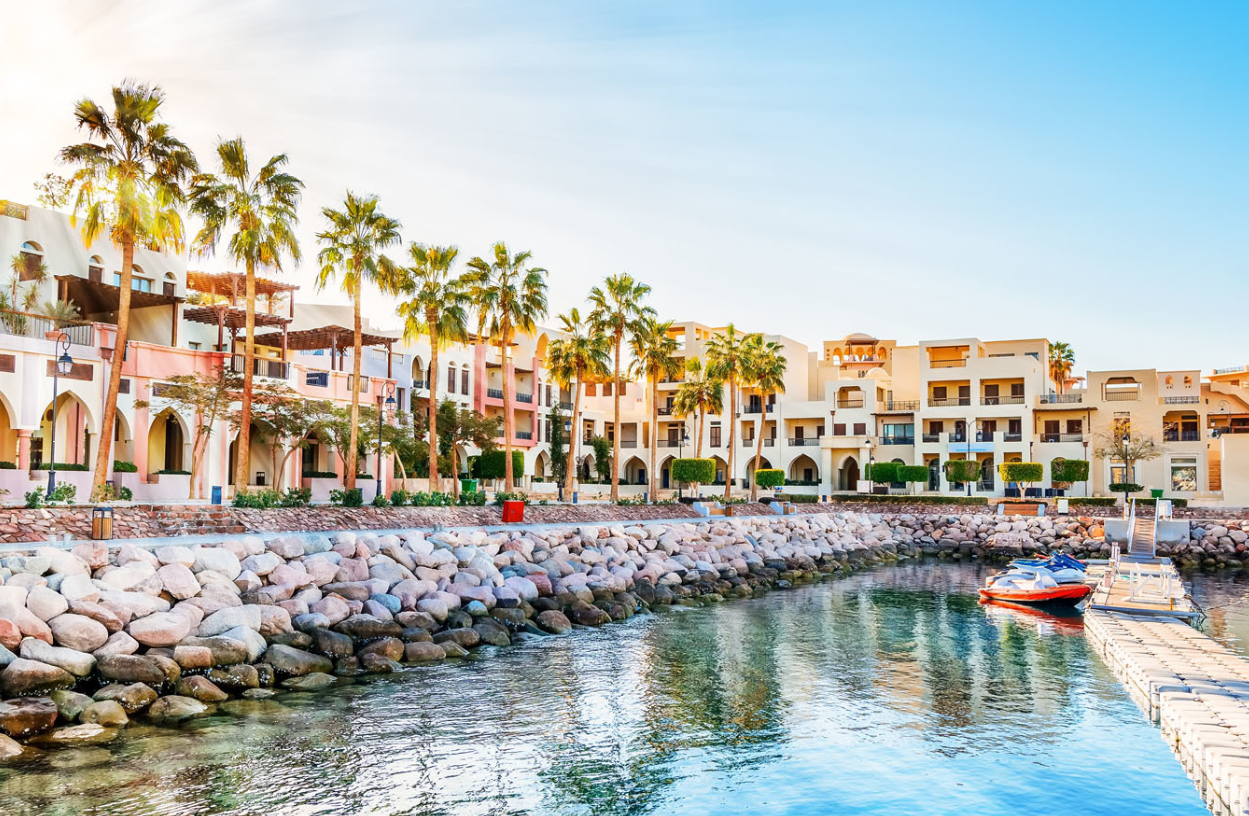
Petra Jordan Wadi Rum Articles Dead Sea Aqaba
A luxury tour to Jordan that includes visits to the Dead Sea, Petra, Wadi Rum, Jerash, Um Qais, Amman, and the Dana Biosphere Reserve can offer you a truly immersive and unforgettable experience. Jordan is a country rich in history, culture, and natural beauty, and exploring it in luxury style can enhance your journey. Here’s a suggested itinerary for your luxury tour of Jordan:
Day 1: Arrival in Amman
- Arrive at Queen Alia International Airport in Amman.
- Transfer to your luxurious hotel in Amman for check-in.
- Enjoy a welcome dinner at a fine restaurant in Amman.

Day 2: Amman City Tour
- Begin your day with a guided tour of Amman’s historical sites, including the Amman Citadel and the Roman Theater.
- Explore the bustling streets of downtown Amman and indulge in some shopping.
- Return to your hotel for relaxation and leisure time.
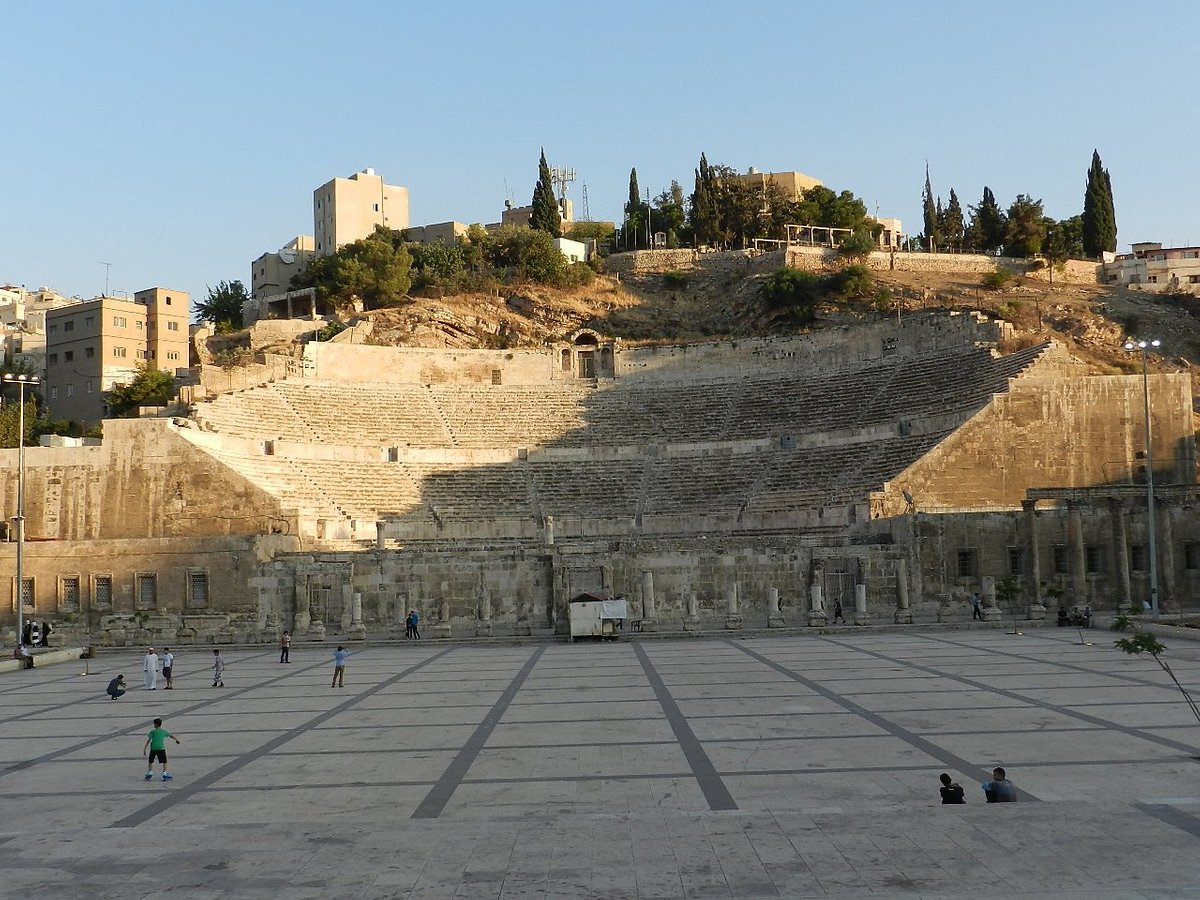
Day 3: Jerash and Um Qais
- Depart for Jerash, an ancient Roman city known for its well-preserved ruins.
- After exploring Jerash, continue to Um Qais, where you can visit the ruins of the Decapolis city of Gadara.
- Return to Amman for the evening and enjoy a gourmet dinner.
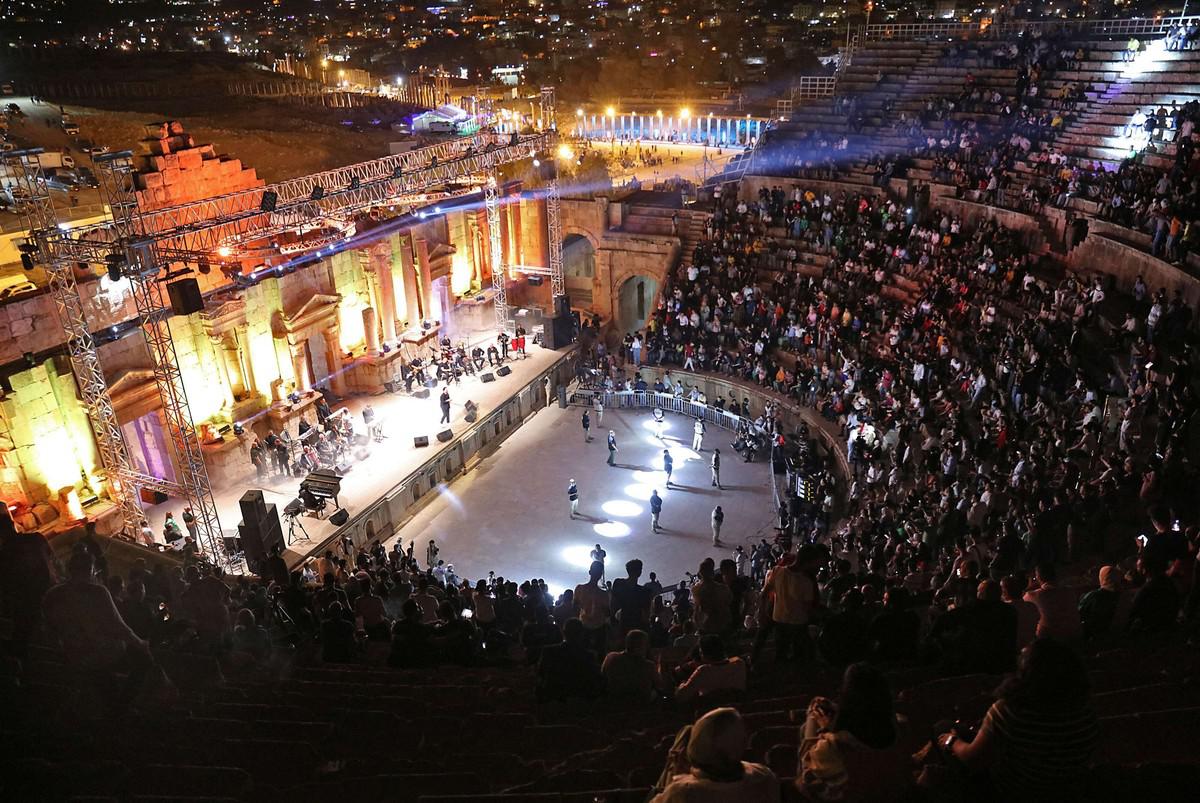
Day 4: Petra
- Check out of your Amman hotel and transfer to Petra, one of the New Seven Wonders of the World.
- Check in to your luxury hotel near Petra and relax.
- In the evening, enjoy a candlelit dinner in Petra or at your hotel.
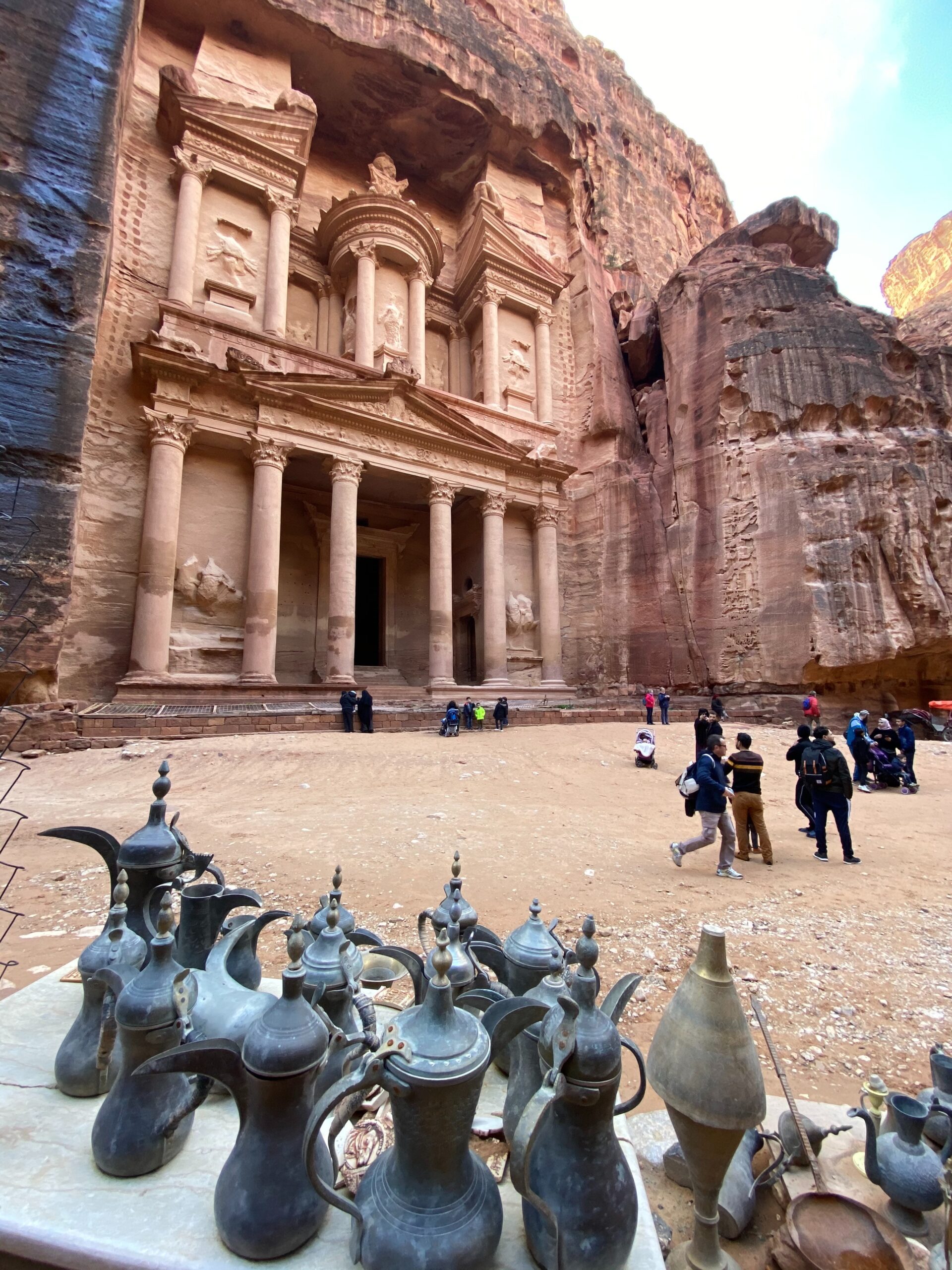
Camels in the doorway of the Treasury at Petra, Jordan, shows the enormity of the ancient building’s entrance. Carved into the sandstone hill by the Nabataeans in the second century A.D., this towering structure likely began as a temple.
Petra
The “Lost City” still has secrets to reveal: Thousands of years ago, the now-abandoned city of Petra was thriving.
Carved directly into vibrant red, white, pink, and sandstone cliff faces, the prehistoric Jordanian city of Petra was “lost” to the Western world for hundreds of years.
Located amid rugged desert canyons and mountains in what is now the southwestern corner of the Hashemite Kingdom of Jordan, Petra was once a thriving trading center and the capital of the Nabataean empire between 400 B.C. and A.D. 106.
The city sat empty and in near ruin for centuries. Only in the early 1800s did a European traveler disguise himself in Bedouin costume and infiltrate the mysterious locale.
In 1985, the Petra Archaeological Park was declared a UNESCO World Heritage site, and in 2007 it was named one of the new seven wonders of the world.
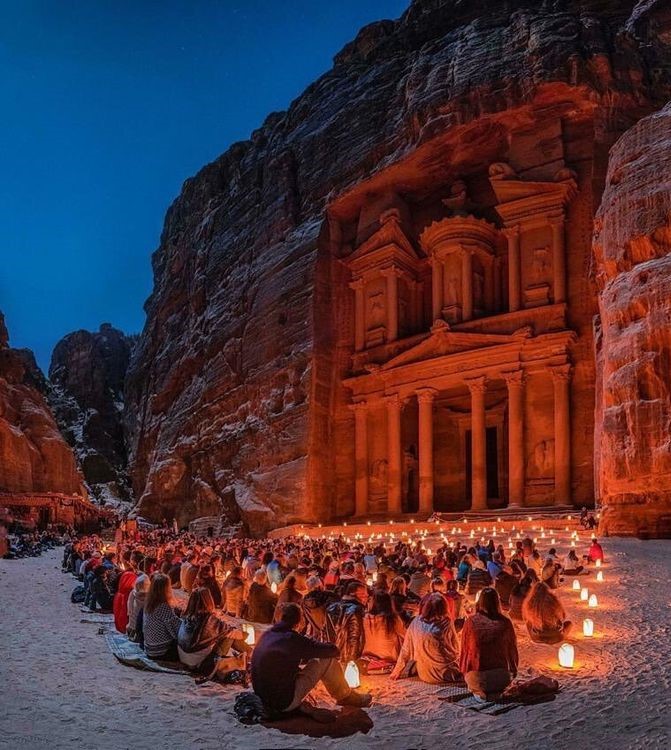
Fact and Fiction
Several scenes from the Hollywood blockbuster Indiana Jones and the Last Crusade were filmed in Petra. The movie’s fictional Canyon of the Crescent Moon was modeled on the eastern entrance to Petra, a 250-foot-high (76-meter-high) sandstone slot canyon known as the Siq that leads directly to Al Khazneh (the Treasury)—perhaps the most stunning of Petra’s dozens of breathtaking features.
In the film’s climactic final scenes, actors Harrison Ford and Sean Connery burst forth from the Siq and walk deep into the labyrinths of the Treasury in their quest to find the Holy Grail. But, as usual, archaeological fact bowed to Hollywood fiction when Indy came to Petra.
In reality, the Treasury is nothing more than a facade with a relatively small hall once used as a royal tomb.
“You can’t really say that anything in Indiana Jones is accurate,” Haifa University archaeologist Ronny Reich said. “I was once asked in the United States if one of the responsibilities of Israeli archaeologists is to chase down Nazis. I told them, ‘Not any more.'”
A giant urn carved above the entrance to the Treasury bears the marks of hundreds of gunshots. Bedouin tribesmen living in and among the ancient ruins say the damage was caused when local men would open fire with rifles, seeking the loot thought to be inside the urn (actually made of solid stone).
There are dozens of tombs and other carved or constructed structures and sites within Petra.
History
The Nabataeans, before they were conquered and absorbed into the Roman Empire, controlled a vast tract of the Middle East from modern-day Israel and Jordan into the northern Arabian peninsula. The remains of their innovative networks of water capture, storage, transport, and irrigation systems are found to this day throughout this area.
Scholars know the Nabataeans were in Petra since at least 312 B.C., says archaeologist Zeidoun Al-Muheisen of Jordan’s Yarmouk University.
Al-Muheisen, who has been excavating in Petra since 1979 and specializes in the Nabataean period, says no one has yet found any archaeological evidence dating back to the fourth century B.C. The earliest findings thus far date back only to the second and first centuries B.C.
But more clues remain beneath the surface. “We have uncovered just 15 percent of the city,” he says. “The vast majority—85 percent—is still underground and untouched.”
Numerous scrolls in Greek and dating to the Byzantine period were discovered in an excavated church near the Winged Lion Temple in Petra in December 1993.
Researchers at the American Center of Oriental Research in Amman, the capital, are now analyzing the scrolls and hope they will shed light on life in Petra during this period.
Once Rome formally took possession of Petra in A.D. 106, its importance in international trade began to wane. The decay of the city continued, aided by earthquakes and the rise in importance of sea trade routes, and Petra reached its nadir near the close of the Byzantine Empire’s rule, around A.D. 700.
Day 5: Petra Exploration
- Spend the day exploring the ancient city of Petra with a private guide.
- Visit iconic sites such as the Treasury, the Monastery, and the Royal Tombs.
- Return to your hotel in Petra for relaxation and a spa treatment.
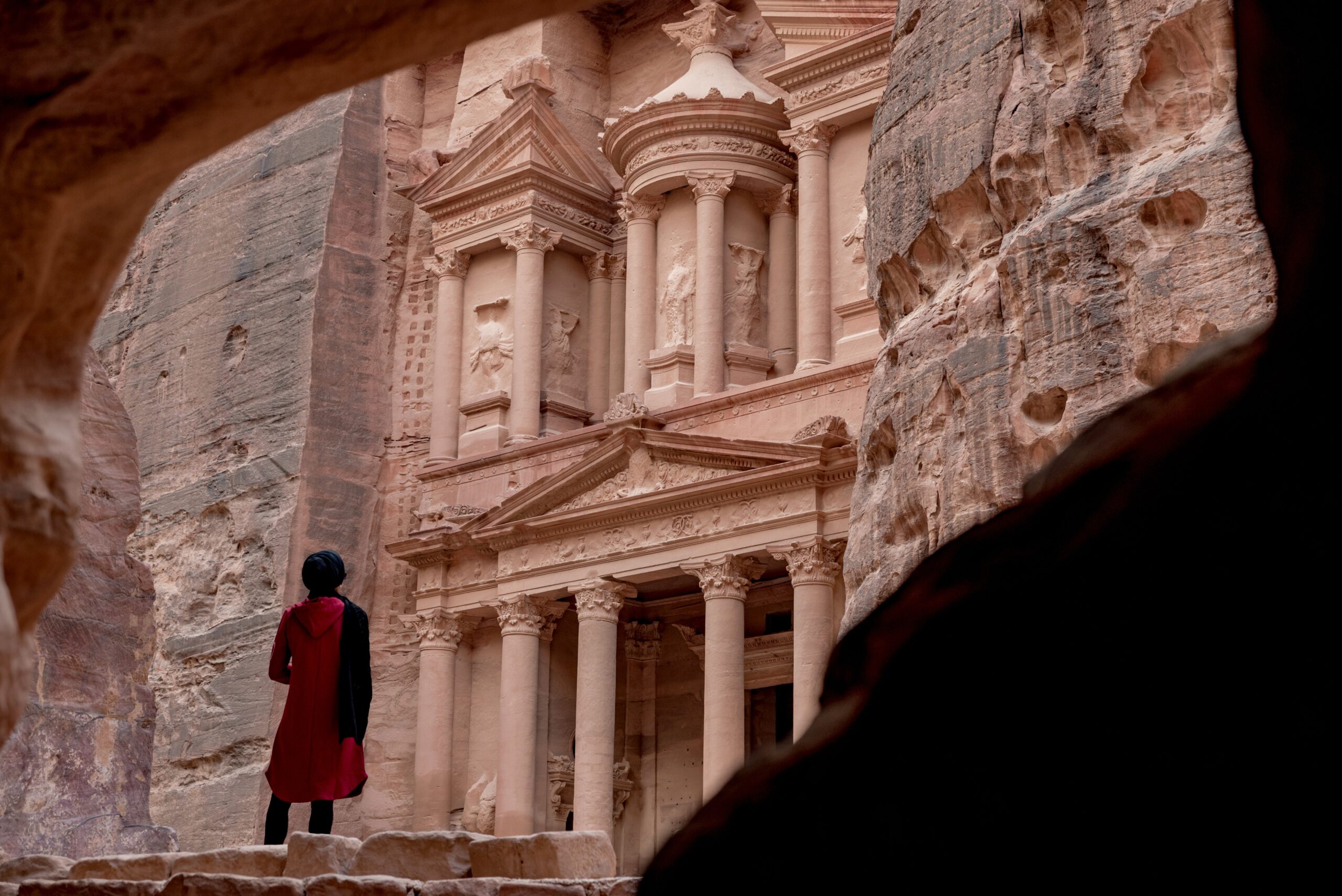
Day 6: Wadi Rum
- Transfer to the stunning Wadi Rum desert, where you’ll embark on a luxury desert camp experience.
- Enjoy a jeep tour of Wadi Rum’s unique landscapes.
- Dine under the starry desert sky at your camp.
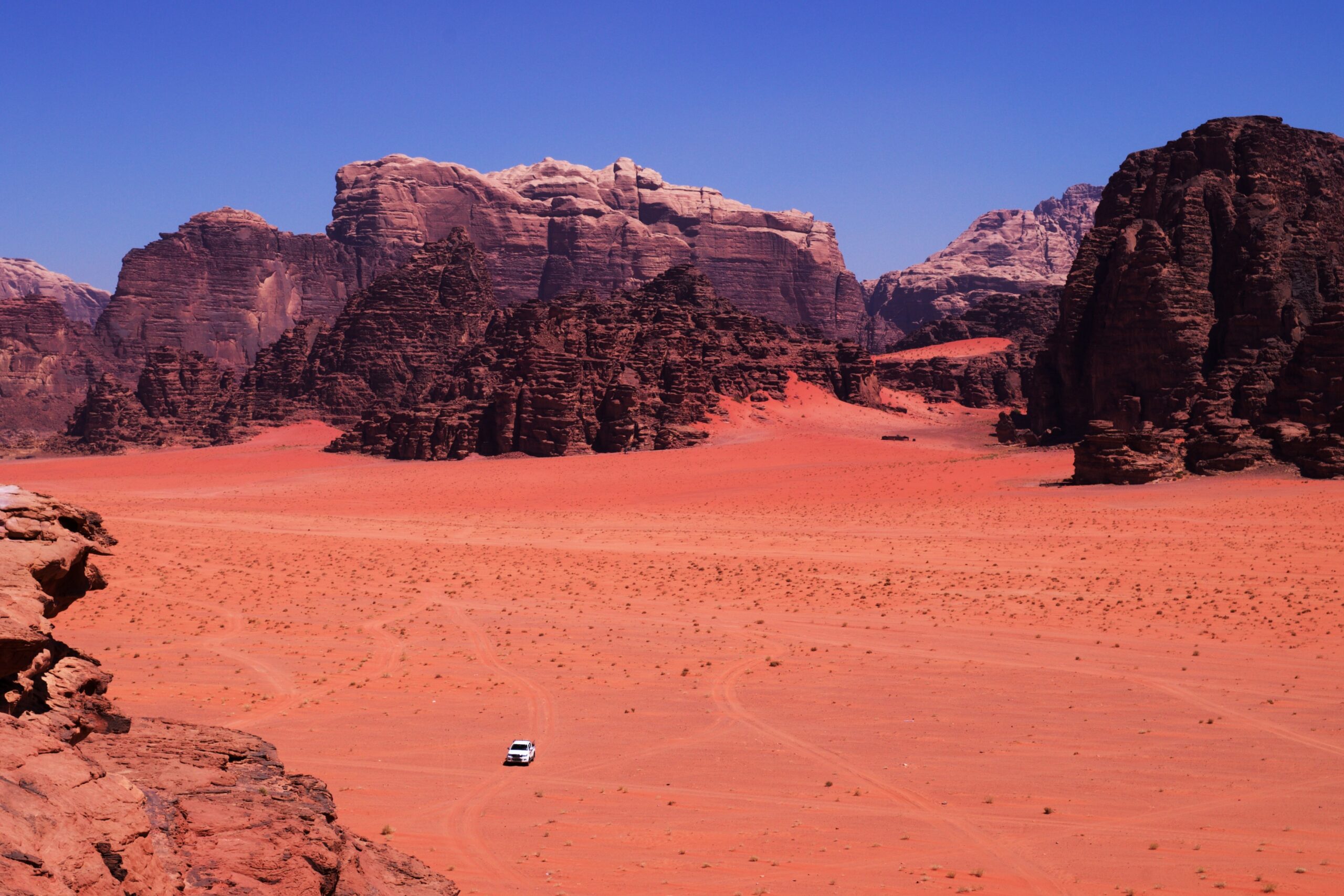
Day 7: Dead Sea
- After breakfast in Wadi Rum, transfer to the Dead Sea.
- Check in to a luxurious Dead Sea resort and enjoy the rest of the day at leisure.
- Float in the buoyant waters of the Dead Sea and experience its therapeutic mud.

Day 8: Dana Biosphere Reserve
- Depart for the Dana Biosphere Reserve, a beautiful nature reserve.
- Explore the reserve’s hiking trails and spot diverse wildlife.
- Stay at a luxury ecolodge within the reserve and savor a traditional Jordanian meal.
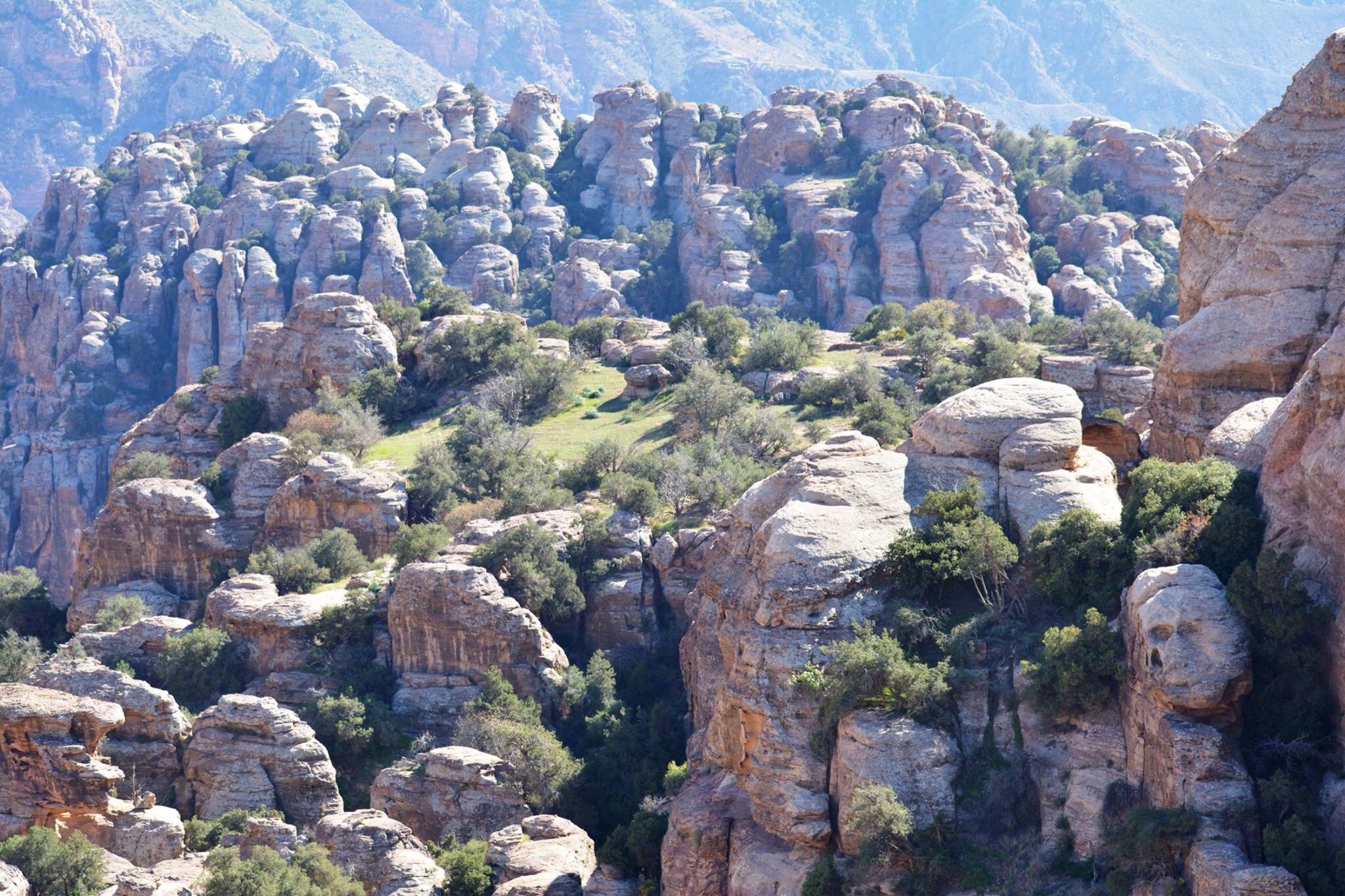
Day 9: Return to Amman
- Check out of the ecolodge and transfer back to Amman.
- Enjoy some last-minute shopping or cultural experiences in Amman.
- Spend your final evening in Jordan with a farewell dinner.

Day 10: Departure
- Check out of your Amman hotel and transfer to the airport for your departure.
This luxury tour allows you to experience the best of Jordan’s history, nature, and culture while staying in upscale accommodations and enjoying fine dining experiences. Be sure to customize the itinerary to your preferences and consider including additional activities or extensions if you have more time to spare. Jordan is a country that offers a wide range of experiences, from historical sites to natural wonders, and this itinerary provides a taste of its diverse offerings.
For Reservations & Enquiries:
info@jordanmw.com
info@trip500.com
T: +962792154888 F: +962 6 4611129 Mob: +962795841113
P.O. Box 8018, Amman 11121, Jordan. Trip500.com





